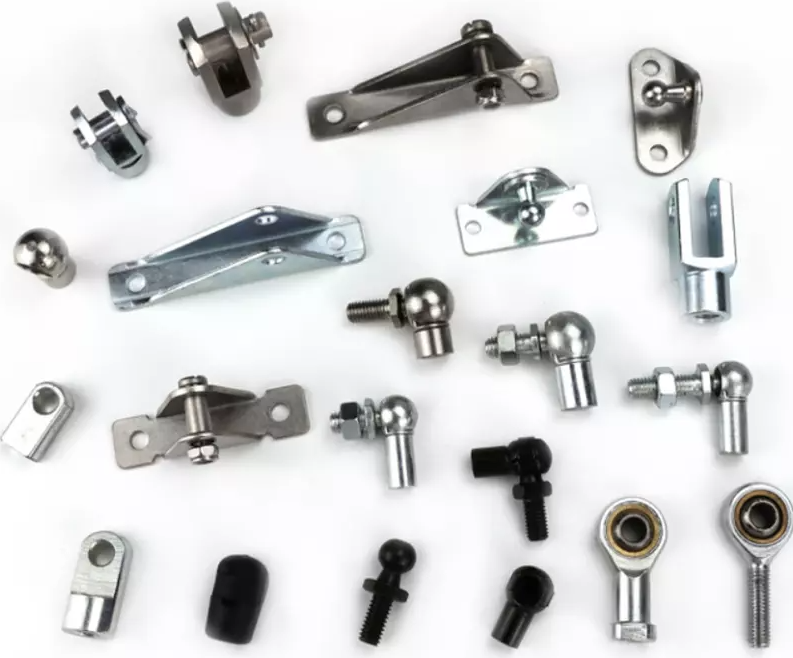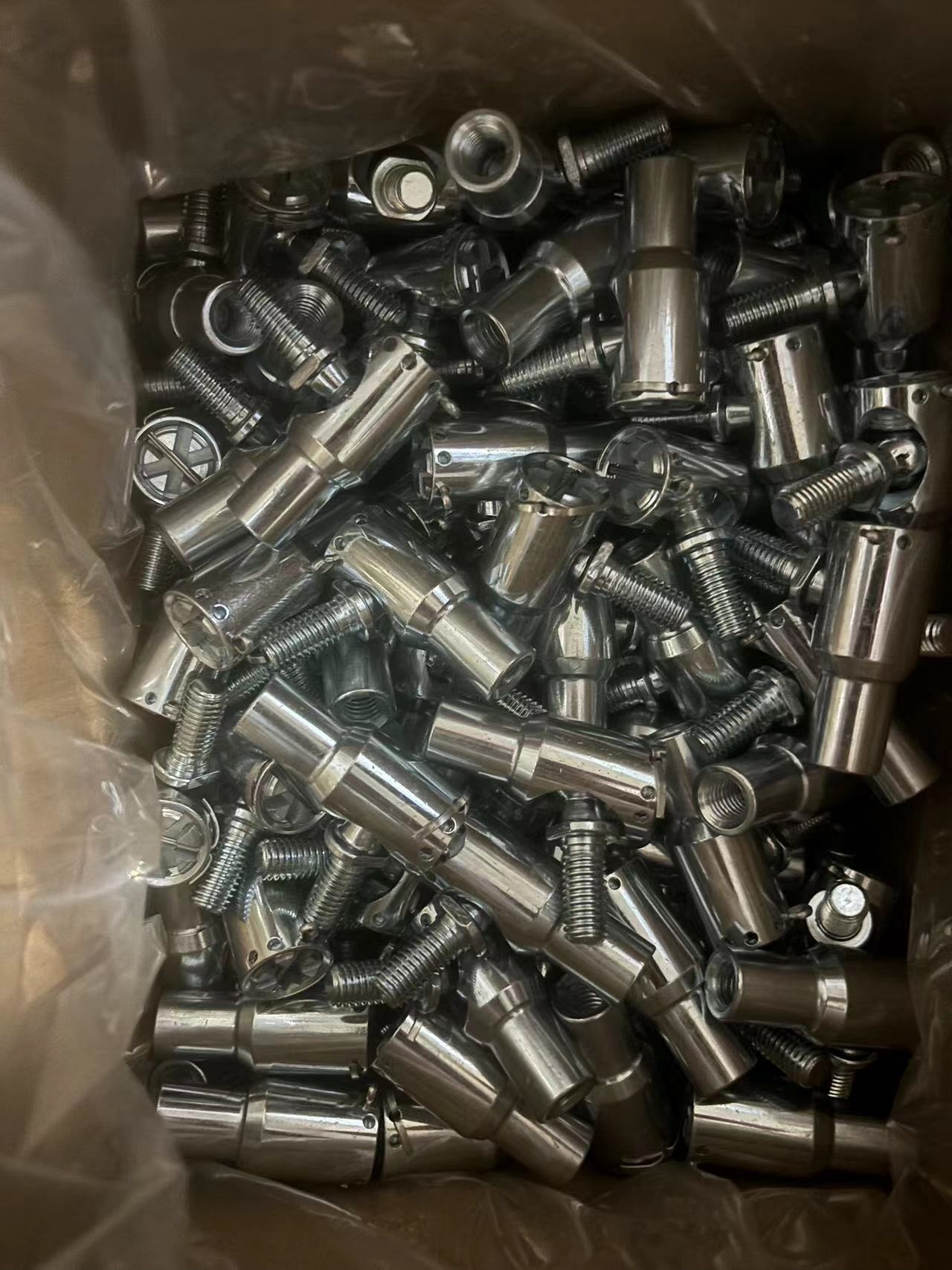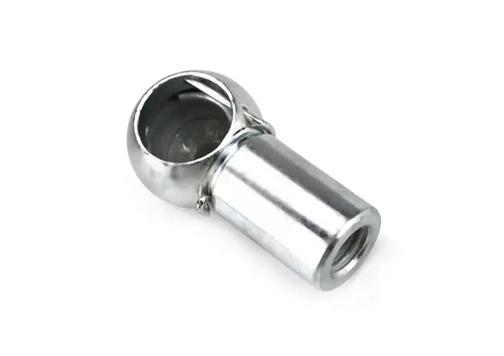
Ball joints are critical components in your car's suspension system. They are crucial for connecting various parts of the suspension, such as the control arms and the steering knuckles. Although small in size, they play a vital role in maintaining the vehicle’s handling and steering, ensuring that the car performs optimally. This guide will walk you through the importance of ball joints, how they work, how to spot problems, and when they need to be replaced. Understanding these points can help you maintain the safety and performance of your vehicle.
Understanding Ball Joints
What is the Function of a Ball Joint on a Car?
Ball joints act as a pivot between the car's steering knuckles and suspension system components. The ball joint allows the steering knuckle to move up and down as the car’s suspension moves, while also enabling the steering mechanism to rotate. In other words, ball joints help the vehicle to absorb bumps and irregularities in the road surface while maintaining proper alignment of the wheels.
By allowing controlled movement of the vehicle’s suspension, ball joints help the car maintain stability, especially during turns and while navigating uneven surfaces. Without properly functioning ball joints, the handling and safety of the car would be compromised.
Types of Ball Joints
Upper Ball Joints
The upper ball joint is located on the upper part of the suspension and plays a significant role in steering and alignment. They are primarily responsible for supporting the vehicle’s weight and controlling the wheel’s movement. Upper ball joints are commonly used in front-wheel-drive cars. Since they support a portion of the vehicle’s weight, they are critical for steering stability and maintaining proper vehicle alignment.
Lower Ball Joints
The lower ball joint, often seen in both front and rear suspensions, helps to carry the weight of the vehicle and absorbs a large portion of the stress created when the car travels over rough terrain or during braking. In many vehicles, lower ball joints are subjected to more stress than upper ball joints, as they are positioned closer to the ground and bear the weight of the vehicle's weight. This makes them more prone to wear and tear, and hence, they may require more frequent inspections and replacements.

Why are Ball Joints Important for Your Car?
Impact on Car Handling and Steering
Ball joints directly affect the handling and stability of the vehicle, especially when turning or navigating bumpy roads. Worn or damaged ball joints can cause the wheels to become misaligned, resulting in poor steering control, swaying, or drifting while driving. This is especially dangerous while making sharp turns or sudden lane changes. Properly functioning ball joints ensure that the wheels are precisely aligned with the steering system, offering the driver full control of the vehicle.
Ball Joints and Vehicle Safety
Ball joints are essential for vehicle safety because they help maintain the alignment of the suspension system. If a ball joint fails, it can cause uneven tire wear, which further affects handling and stability. Misalignment can lead to additional wear on other suspension components, making it more costly to repair the vehicle in the future. In extreme cases, a severely worn ball joint can cause a complete loss of steering control, leading to accidents or dangerous driving conditions. Regular ball joint inspection is crucial to avoid these serious risks.
How to Identify Bad or Worn-Out Ball Joints
Common Symptoms of Faulty Ball Joints
The early detection of worn or damaged ball joints is essential to avoid expensive repairs or serious safety issues. Here are some common symptoms that can indicate bad ball joints:
Clunking or Popping Sounds: If you hear a clunking or popping noise when turning the steering wheel, this could be a sign of damaged ball joints.
Loose or Imprecise Steering Control: Difficulty in steering or the feeling of play in the steering wheel could indicate that the ball joints are worn and need replacement.
Uneven Tire Wear: Bad ball joints can lead to uneven tire wear, especially on the inside edges of the tires. If you notice unusual tire wear patterns, it may be time to inspect the ball joints.
Vibration or Shaking: If your car shakes or vibrates while driving, it could be due to a faulty ball joint affecting the wheel alignment.
How to Inspect Ball Joints
Inspecting ball joints can be done visually and manually:
Visual Inspection: Look for signs of excessive wear or damage, such as cracks, rust, or torn rubber boots (which protect the ball joint from debris and dirt).
Manual Inspection: Lift the car and check for any movement in the ball joint. You can use a pry bar to lift the wheel and see if there is any play or excessive movement in the joint. If there is noticeable play, the ball joint likely needs replacement.
When to Seek Professional Help: If you are unsure about the condition of your ball joints, it’s a good idea to consult a mechanic who can perform a more thorough inspection using professional tools.
Replacing Ball Joints on a Car
How Often Should Ball Joints Be Replaced?
The lifespan of ball joints can vary depending on several factors, such as the make and model of the car, driving conditions, and maintenance practices. On average, ball joints can last anywhere between 70,000 to 150,000 miles. However, if you often drive on rough roads or if your vehicle is older, the ball joints may wear out sooner. It’s important to have them inspected regularly, especially if you notice symptoms of wear.
The Ball Joint Replacement Process
Replacing a ball joint typically involves the following steps:
Lifting the Vehicle: The car needs to be lifted off the ground to access the suspension system.
Removing the Wheel: The wheel must be removed to expose the suspension components.
Removing the Old Ball Joint: The ball joint is disconnected from the control arm and steering knuckle.
Installing the New Ball Joint: A new ball joint is inserted and secured in place.
Reassembly: The wheel is reattached, and the car is lowered back to the ground.
The replacement process can be complicated and requires proper tools, so many vehicle owners choose to have this done by a professional mechanic.
What Happens if You Don’t Replace Worn-Out Ball Joints?
Ignoring worn ball joints can lead to severe consequences. If the ball joint completely fails, it can cause a loss of control over the vehicle, especially while turning. This can result in accidents or complete suspension failure. Additionally, failing to replace worn ball joints may cause further damage to other suspension components, resulting in more costly repairs. The risk of unsafe driving conditions is significant, making timely replacement essential.
Maintaining Ball Joints for Longevity
Tips for Extending the Life of Ball Joints
To get the most out of your ball joints and avoid premature wear, consider the following tips:
Regular Inspection: Check the ball joints as part of routine maintenance, especially if your vehicle is subjected to harsh conditions.
Proper Lubrication: Ball joints need lubrication to prevent friction and wear. Regular lubrication can help extend their lifespan.
Proper Alignment: Keeping your car properly aligned reduces strain on the suspension system and helps prevent premature ball joint wear.
Driving Habits: Avoid aggressive driving, sudden stops, or making sharp turns, as these can put additional stress on the suspension system.
Ball Joint Maintenance During Routine Car Service
During routine car service, mechanics typically check the suspension system, including the ball joints. If any issues are detected, they can address them early before they become serious. It’s advisable to ask your mechanic to pay extra attention to the ball joints, especially if your car is due for an alignment or suspension check-up.

Conclusion
Ball joints are essential components that contribute to the smooth handling, stability, and safety of your car. Keeping them in good condition is crucial for optimal vehicle performance. Regular inspection, proper maintenance, and timely replacement can ensure that your ball joints function correctly and that your vehicle remains safe and stable on the road. Don’t overlook the health of your ball joints—your car’s suspension system depends on it.
FAQ
Q: What are ball joints on a car?
A: Ball joints connect the control arms to the steering knuckles, enabling smooth suspension movement.
Q: How do I know if my ball joints are bad?
A: Common signs include clunking noises, loose steering, uneven tire wear, and vibrations.
Q: How often should ball joints be replaced?
A: Ball joints typically last 70,000 to 150,000 miles, depending on driving conditions.
Q: Can I replace ball joints myself?
A: Replacing ball joints requires special tools and expertise; it’s best done by a professional.
Q: Why are ball joints important for my car?
A: They ensure smooth steering, handling, and vehicle stability, contributing to safety and alignment.







